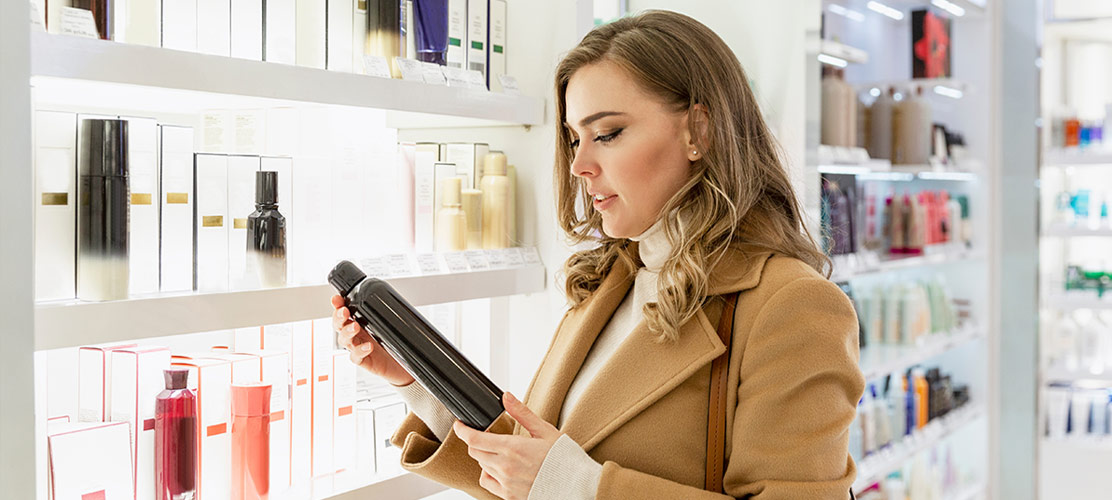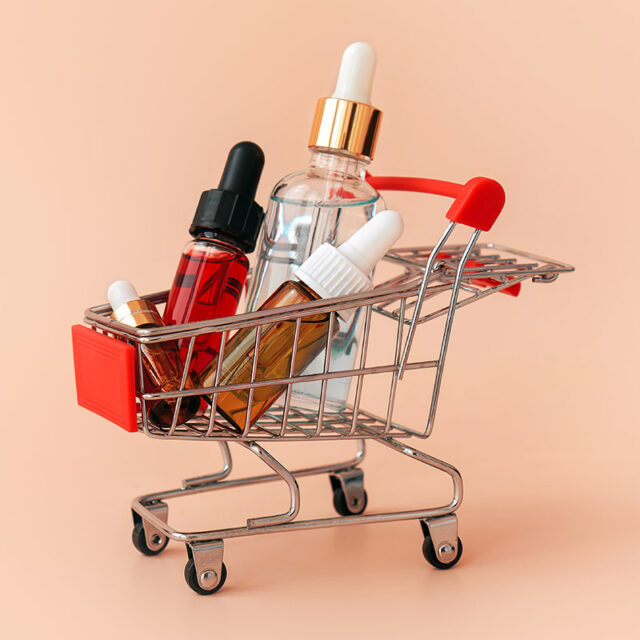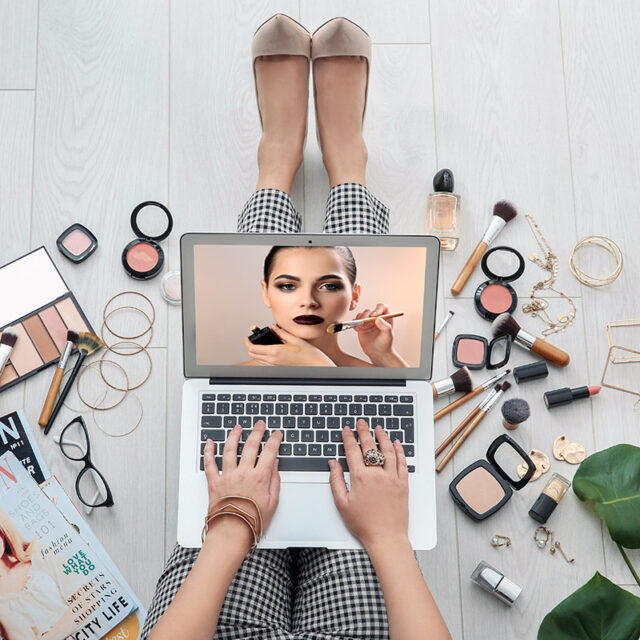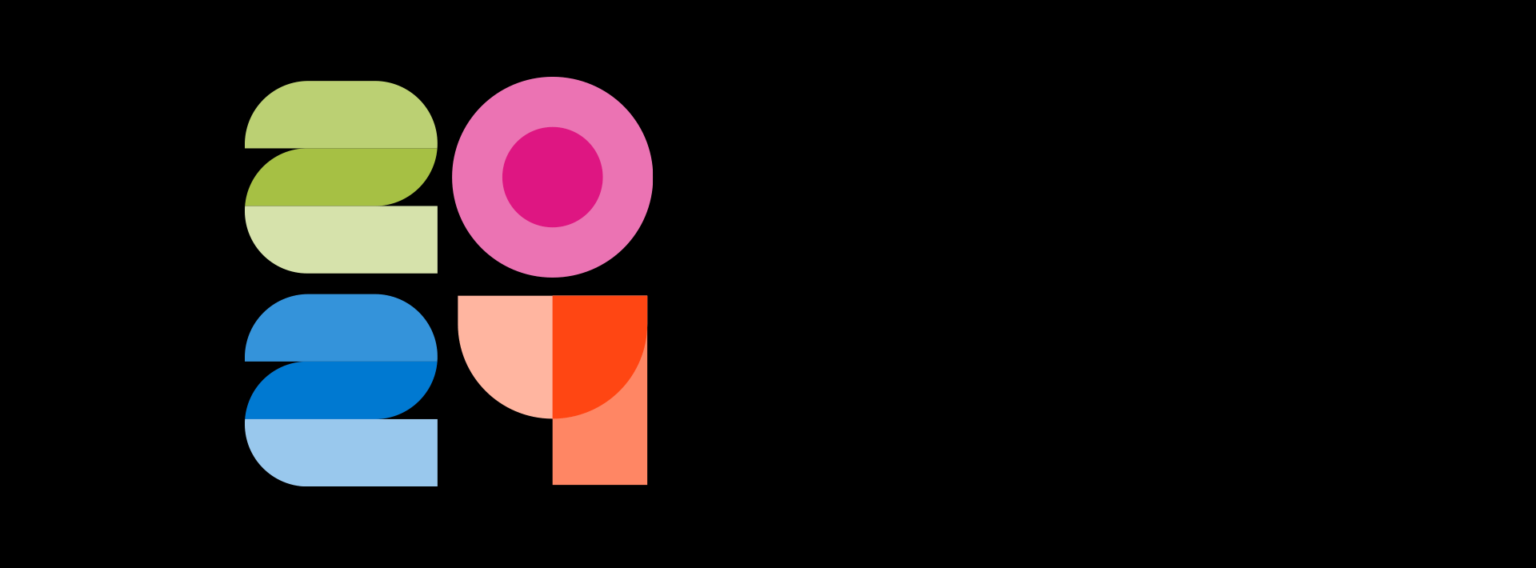Welcome to a deep dive into the captivating world of the health and beauty industry.
Projected to reach a staggering $580 billion by 2027 (McKinsey), the industry is witnessing a resurgence after the challenges posed by the pandemic.
To sustain this growth, brands and retailers must navigate a landscape marked by escalating competition, changing distribution dynamics, and evolving consumer demands.
This blog highlights eight trends currently in play in the beauty industry and addresses where Esko can help.
The Beauty Industry is a Vast Landscape
The beauty industry is a large, multifaceted and complex business. Not surprisingly, it is trend-sensitive to the Nth degree.
Keep reading to explore the first four trends impacting not just your business, but the entire beauty industry.
1. It’s All About Wellness
As the beauty industry evolves, consumers are becoming more focused on holistic well-being solutions rather than just external beauty.
The trend towards wellness in beauty encompasses everything from stress relief to ingestible beauty products (McKinsey).
Consumers are increasingly prioritizing wellness to feel better both in body and mind, seeking new ways to enrich their lives through personalized routines that cater to their specific needs.

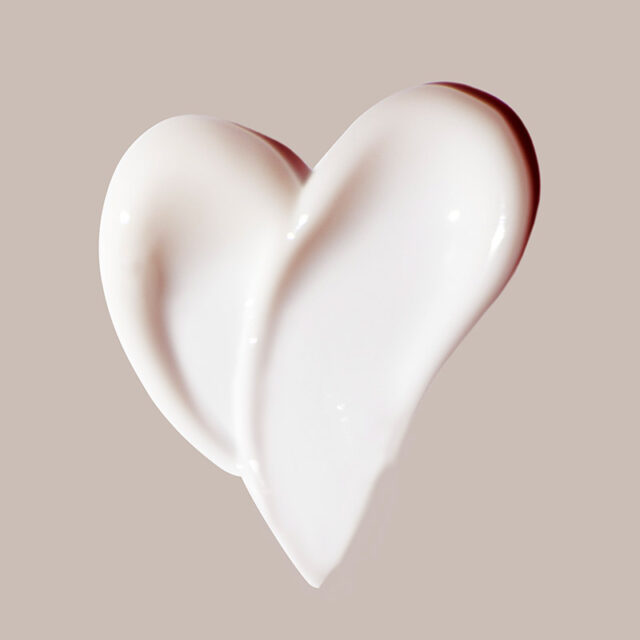
2. A Move Toward Simplicity
Consumers are increasingly prioritizing efficacy and functionality in their beauty products.
Mintel’s Sophisticated Simplicity trend forecasts a shift towards high-quality products with proven effectiveness, emphasizing the importance of simplicity and transparency.
With a growing emphasis on transparency, consumers expect brands to provide scientific evidence supporting product claims. Brands that can offer research, clinical studies, or certifications to substantiate effectiveness are deemed more credible and trustworthy.
3. Understanding Gen-Z Preferences
As Gen-Z emerges as a dominant force in the beauty market, brands must adapt to their unique characteristics and preferences.
McKinsey’s insights into Gen-Z behavior highlight the need for brands to retire traditional approaches and embrace new strategies that resonate with this digitally savvy and diverse generation.
McKinsey indicates that nearly half of Gen-Z consumers extensively research product ingredients and benefits before buying, demonstrating their commitment to informed decision-making.
Additionally, this generation shows a significant commitment to product loyalty. Brands must therefore seek to connect with Gen-Z on multiple levels.
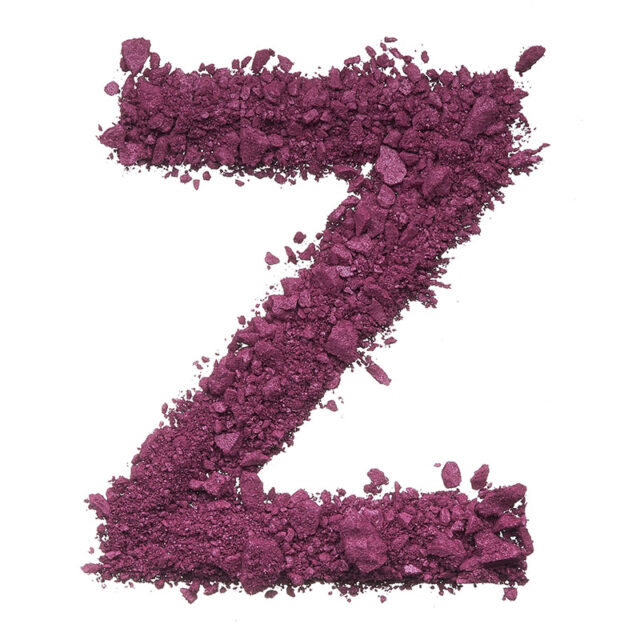
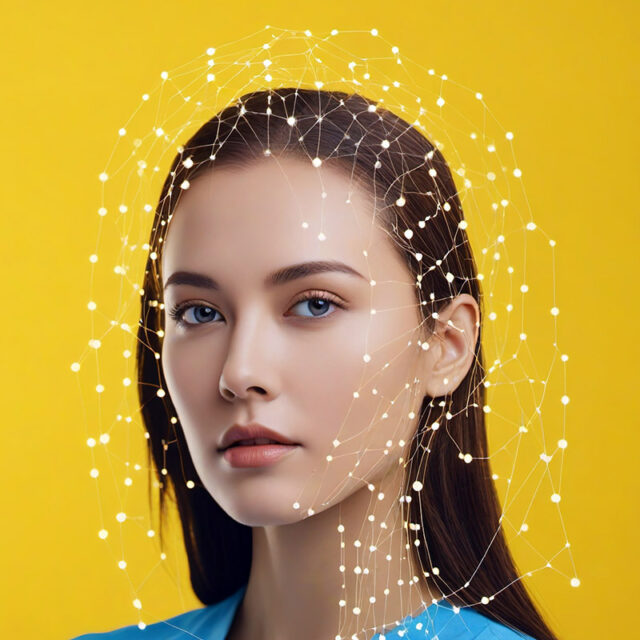
4. The Power of AI in Beauty
Artificial intelligence is playing a significant role in beauty, offering personalized solutions through machine learning algorithms. This brings us to the next beauty trend: Mintel’s Beaut-AI.
Through AI-powered analysis of social media feedback, market trends, and customer preferences, brands gain invaluable insights to develop innovative products tailored to meet evolving consumer demands.
This trend emphasizes the importance of leveraging AI not only to enhance product development speed but also to address gaps in the market, creating inclusive solutions that resonate with consumer demographics.
